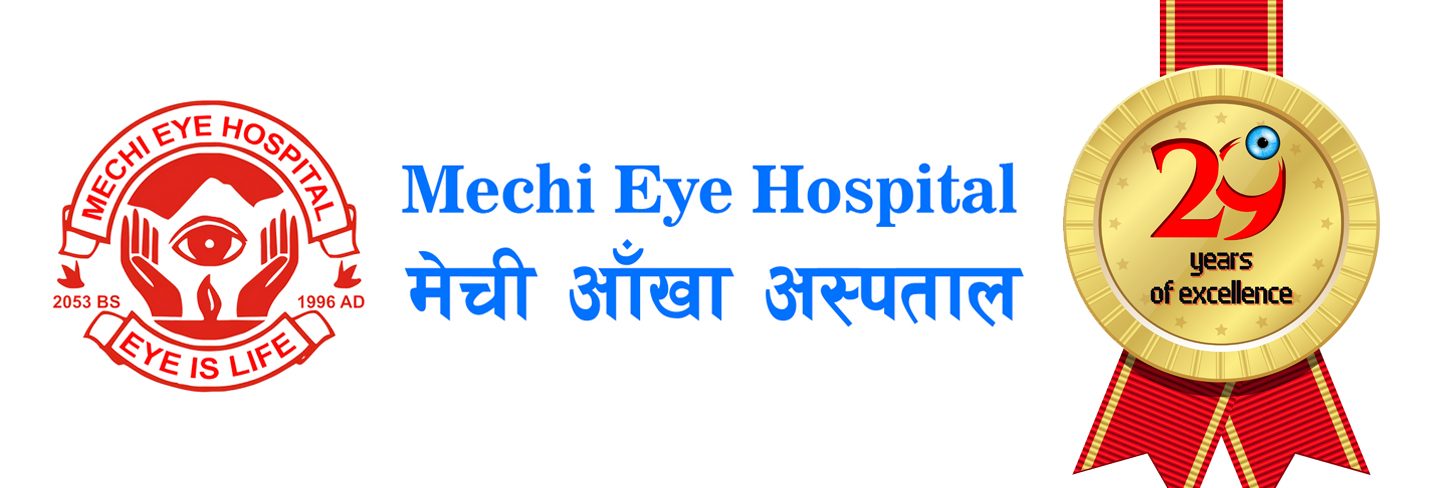The central part of the retina (at the back of the eye) is called the macula and it has an important function as it controls the quality and sharpness of the central part of our vision.
Over time, the macular can wear out and lose some of its functionality which means loss of central vision (not the peripheral vision) and this can cause problems, when it comes to everyday tasks such as reading
The good news is that the deterioration of vision is usually happens quite slowly.
However, there are two types of macular degeneration – ‘wet’ and ‘dry’ – and what is known as the ‘wet’ form results in a sudden loss of central vision, which is a medical emergency and urgent treatment is needed.
Macula
The macula is a small, extremely important area at the centre of the retina, the light-sensing tissue at the back of the eye and is responsible for seeing fine details clearly.
With AMD (Age-related Macular Degeneration), you lose the ability to see fine details, close-up and at a distance.
AMD (Age-related Macular Degeneration)affects only your central vision and side and peripheral vision usually remains normal. For example, when people with AMD gradually lose the ability to recognise people’s faces.
Types of AMD (Age-related Macular Degeneration)
There are two types of AMD (Age-related Macular Degeneration).
Most people (about 75%) have a form called “early” or “dry” AMD, which develops when there is a build-up of waste material under the macula and thinning of the retina at the macula. Most people with this condition have near normal vision or milder sight loss in the initial stage.
10% of patients with dry AMD can progress to wet AMD. Wet AMD occurs when abnormal blood vessels grow underneath the retina and leak blood and fluid, which can prevent the retina from working properly.
Eventually the bleeding and scarring can lead to severe permanent loss of central vision, but the eye is not usually at risk of losing all vision (going ‘blind’) as peripheral vision remains. Symptoms of wet AMD include sudden central blurriness and distortion, where straight lines appear as wavy (metamorphopsia).
A late stage AMD is called geographic atrophy, where vision is lost through severe thinning or even loss of the macula tissue without any leaking blood vessels.
Treatments for AMD
Intravitreal injections (injections into the eye) for wet AMD use a medicine called anti-VEGF of which there are 2 licensed versions Eylea and Lucentis.
When anti-VEGF medicines are injected into the eye on a regular basis, it can stop the abnormal blood vessels growing, leaking and bleeding under the retina.
Most people with wet AMD need to have these injections several times a year, so patients need to get their care closer to home. Laser treatment is also available for specific forms of AMD, but is not effective for most cases.
There is currently no treatment for dry AMD.

